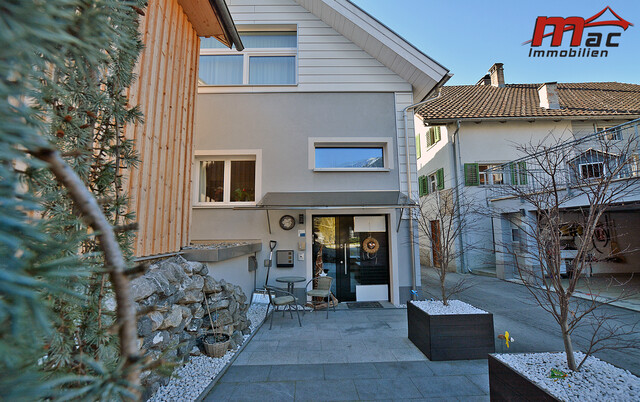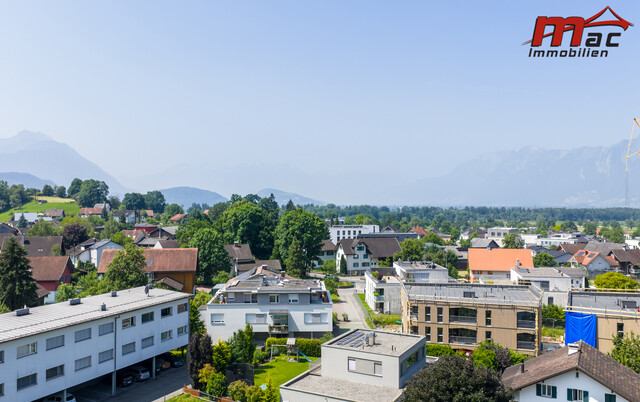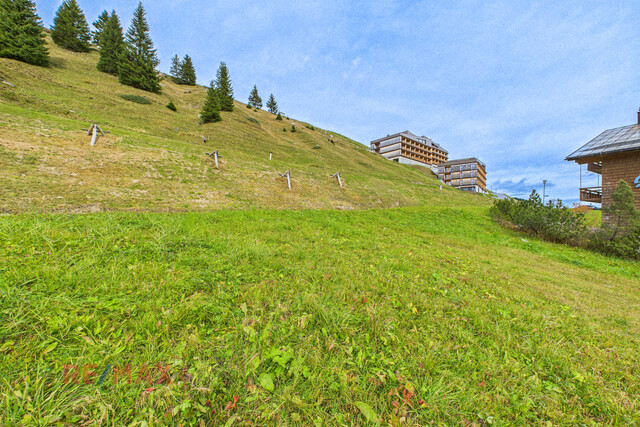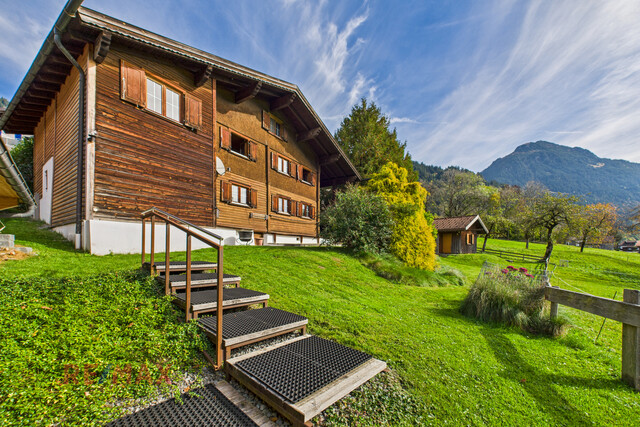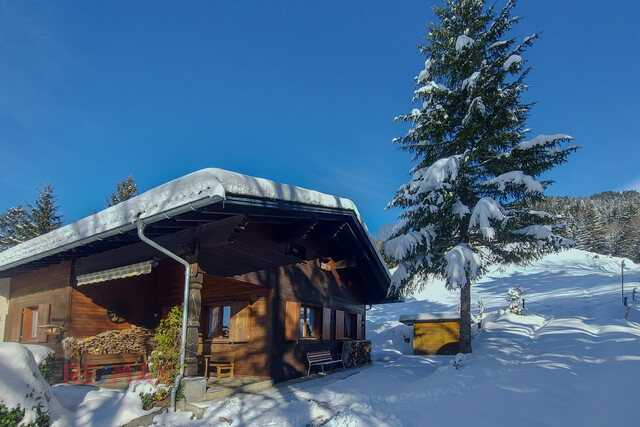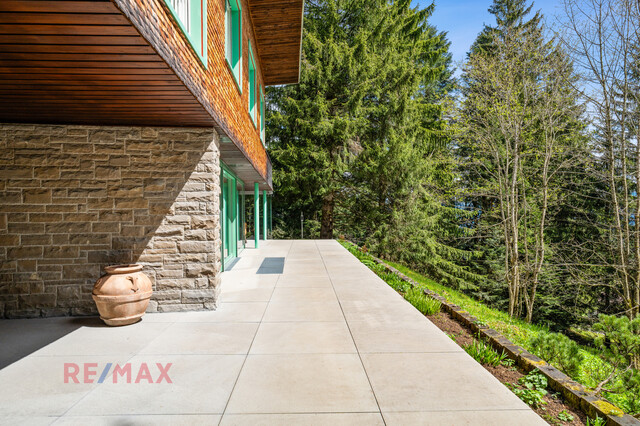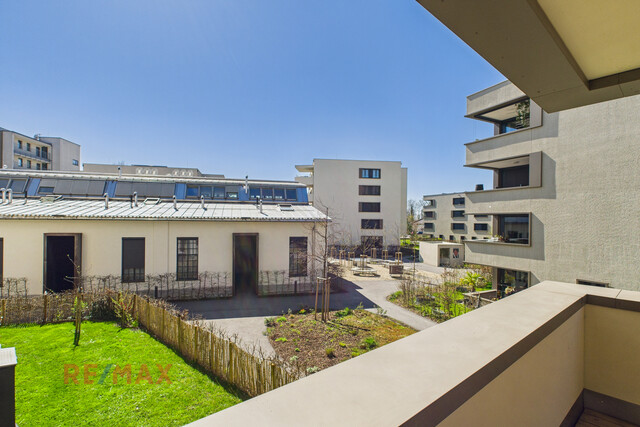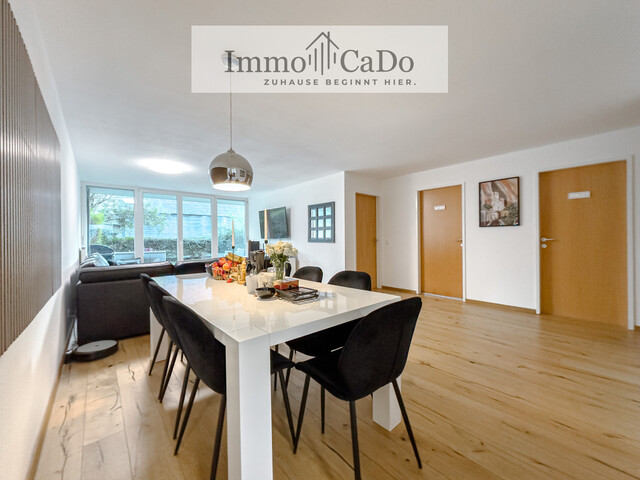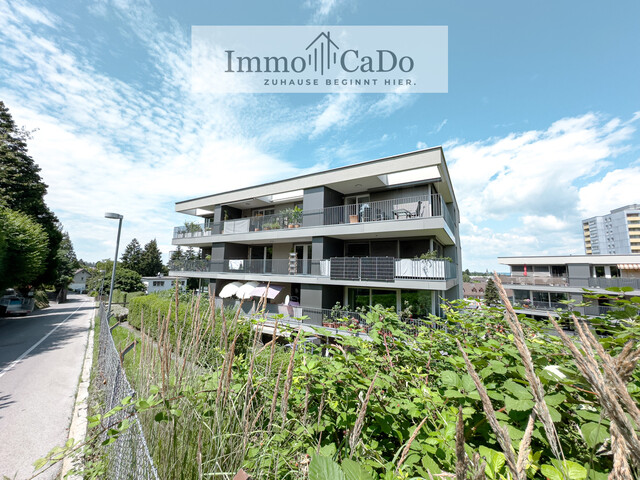Photo Book "Engine Rooms" Presented at Vienna City Hall

The Vienna Ringstraße is world-famous. The palaces and representative buildings shape the cityscape with their historicist architectural program. The magnificent facades "are rarely associated with progress and technology. Yet their buildings contain a wealth of technical innovations at the cutting edge of their time," write Gabriele Kaiser and Maik Novotny in the foreword of the book "Maschinenräume," in which photos by Hertha Hurnaus provide impressive insights.
Parliament, Burgtheater, City Hall
These photographs lead into spaces that are otherwise hidden from the public - and which today, in the documented form, partly no longer exist. For example, during her eight-year work, Hurnaus "caught" the underground library rooms of the University of Vienna just before the relocation of the collections or captured the side rooms of the Parliament before the major renovation. In addition to these two buildings, the Burgtheater, the two museums, the little-known Monturdepot in the Hofburg, the City Hall, and the Vienna Bankverein, whose cash hall now houses a supermarket after the departure of Bank Austria, are visited.
What can be seen in imposing cellar vaults and on vast attics is impressive. In the Burgtheater, the architectural photographer, who has also dedicated publications to the Semmering Railway and the Vienna Broadcasting House, follows the path of fresh air, from the intake structure in the Volksgarten through an air well, filter and humidification systems to the artistic weather vane on the roof. Appropriately, in the accompanying essays, Gabriele Kaiser dedicates herself to the "building ventilation systems" of the revolutionary air hygienist Karl Böhm von Böhmersheim, and Maik Novotny to the "language of inventions in the industrial age" - from the exhaust opening and apparatus chamber to the light court and air space, to the pore room, pneumatic tube system, solar burner, and intermediate floor.
Technical vs. Prepared World
Astonishingly swept clean and tidy, the vaults present themselves, through which mostly thick pipe strands run and in which ancient measuring devices and valve wheels contrast with today's sober office equipment. In the Natural History Museum (NHM), the technical world meets the prepared world in these rooms: The corridors are simultaneously used as depots for animal specimens - giving them a particularly magical atmosphere, where life seems to stand still but appears as if it could be set in motion at any time.
Not only in the NHM has the photographer also climbed to the roof - and the interior view of the museum's dome, which rises up to 65 meters high, with its wood-clad iron construction is almost more imposing than the exterior view. In the town hall, where the lower turnaround loop of the then state-of-the-art paternoster is also captured, a "silent twin with soaring ballroom dimensions" arches over the municipal council meeting room, "empty except for a mysteriously minimalist box in which the screw thread of the chandelier is hidden".
"The iron constructions, for which one wishes the largest audience, are in some attics and domes complemented by spiral staircases and maintenance walkways of dizzying delicacy," writes Kaiser. "They are available exclusively to authorized personnel and are the most festive element in the group of architectural components."
Further essays by Friedrich Idam, Stefanie Jovanovic-Kruspel, Maya McKechneay, Gerhard Murauer, and Andreas Nierhaus are dedicated to the technical and urban planning aspects of this true Gründerzeit, in which the glacis area, formerly kept clear for military reasons, in whose underground the Turks had already left countless invisible traces during their siege, became densely populated within a few decades and the most modern part of a burgeoning metropolis.
"Machine Rooms" with Limits
"Some buildings that we would have liked to include in the book are missing for safety reasons or because - as with the State Opera - hardly any of the original building technology has been preserved," summarize Kaiser and Novotny. "In other cases, hidden rooms should perhaps simply remain hidden from the public eye. Possibly a Viennese-Freudian role of the undergrounds and backgrounds: Here resides the secret, the private, the clandestine."
(APA/Red)
This article has been automatically translated, read the original article here.
Du hast einen Hinweis für uns? Oder einen Insider-Tipp, was bei dir in der Gegend gerade passiert? Dann melde dich bei uns, damit wir darüber berichten können.
Wir gehen allen Hinweisen nach, die wir erhalten. Und damit wir schon einen Vorgeschmack und einen guten Überblick bekommen, freuen wir uns über Fotos, Videos oder Texte. Einfach das Formular unten ausfüllen und schon landet dein Tipp bei uns in der Redaktion.
Alternativ kannst du uns direkt über WhatsApp kontaktieren: Zum WhatsApp Chat
Herzlichen Dank für deine Zusendung.
